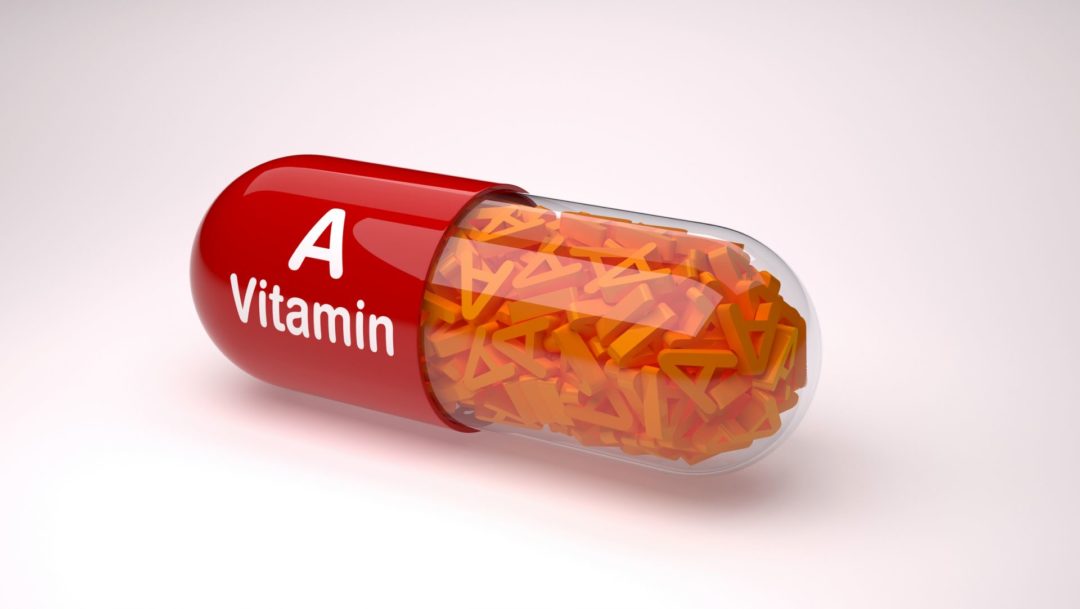There are two types of fatty depots in humans and other mammals, the press release explains: white and brown adipose tissue. Excess calories are mainly stored in white fat, a process seen during obesity development. Brown fat, on the other hand, burns energy and generates heat. More than 90% of the body fat depots in humans are white; this fat is often found at the abdomen and upper thighs. Converting white fat to brown could be a therapeutic option to combat weight gain and obesity.
A research group led by Florian Kiefer, Division of Endocrinology and Metabolism, Department of Medicine III, MedUni Vienna, demonstrated that the moderate application of cold increases the levels of vitamin A in humans and mice, the press release says. Most vitamin A reserves are stored in the liver, and cold exposure appears to stimulate the redistribution of vitamin A towards the adipose tissue, leading to a higher rate of fat burning.
Related: Study Supports Bergamot FF Weight Management Benefits CRN: Consumer Survey Reaffirms Consumer Confidence, Trust in the Industry Berg Nutrition Now Exclusive Distributor of Capsaicin Ingredient
When Kiefer and his team blocked the vitamin A transporter in mice via genetic manipulation, the cold-mediated rise in vitamin A and the conversion of white fat to brown were both blunted. The addition of vitamin A to human white fat cells, on the other hand, led to the expression of brown fat cell characteristics, with increased metabolic activity and energy consumption."Our results show that vitamin A plays an important role in the function of adipose tissue and affects global energy metabolism. However, this is not an argument for consuming large amounts of vitamin A supplements if not prescribed, because it is critical that vitamin A is transported to the right cells at the right time," explained Kiefer in the press release. "We have discovered a new mechanism by which vitamin A regulates lipid combustion and heat generation in cold conditions. This could help us to develop new therapeutic interventions that exploit this specific mechanism."










